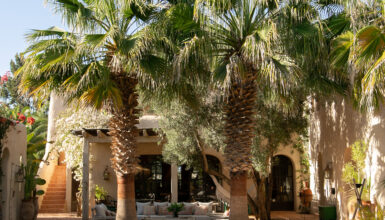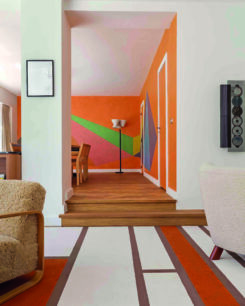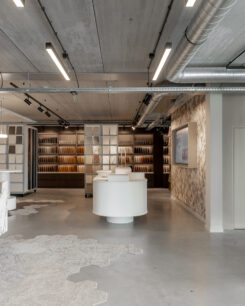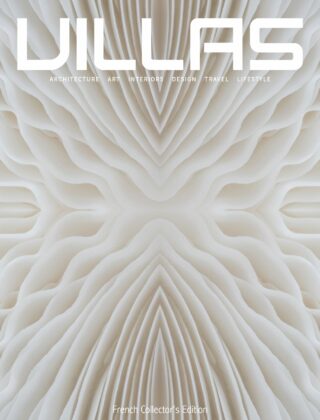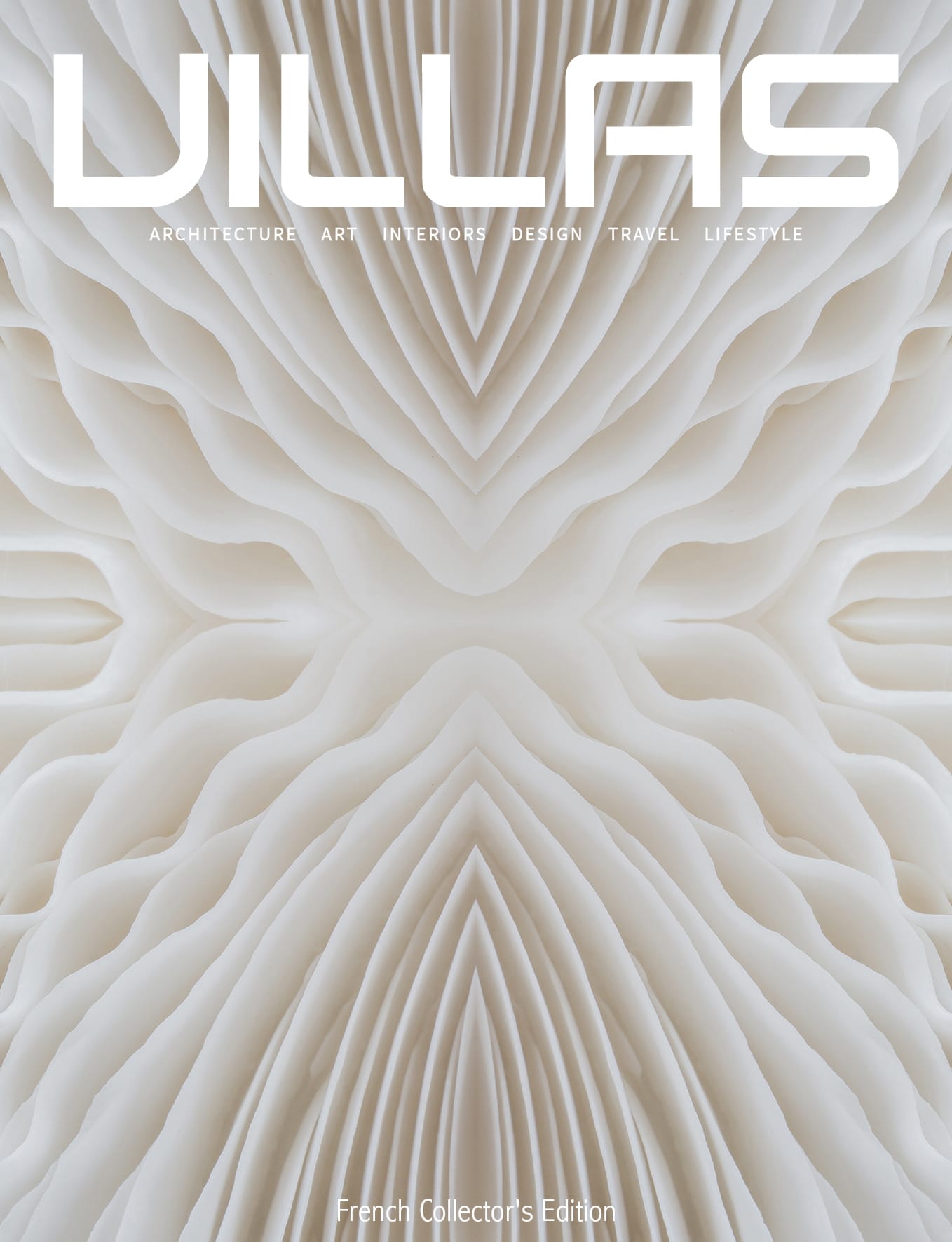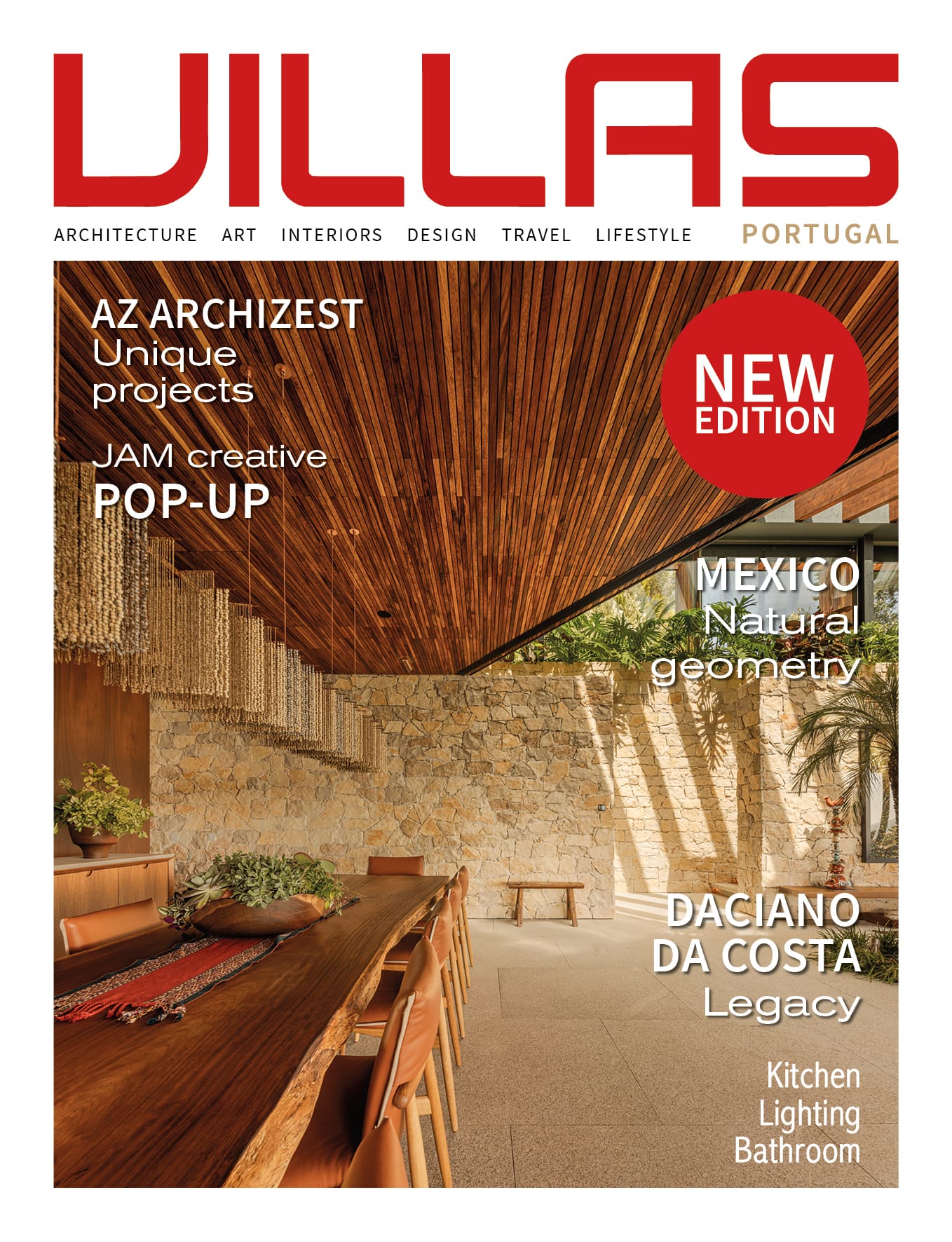Under the overarching theme of “Regeneration”, the streets of the capital and the Parc des Expositions in Villepinte join forces to give prominence to experimental creations, the spirit of the laboratory, innovations, and young talent. The emphasis is on ideas that have a positive impact on society, the environment, and the economy. From September 4 to 13, major brands opened their showrooms to visitors, while designers took over galleries to present their latest creations. A selection of the many highlights includes:
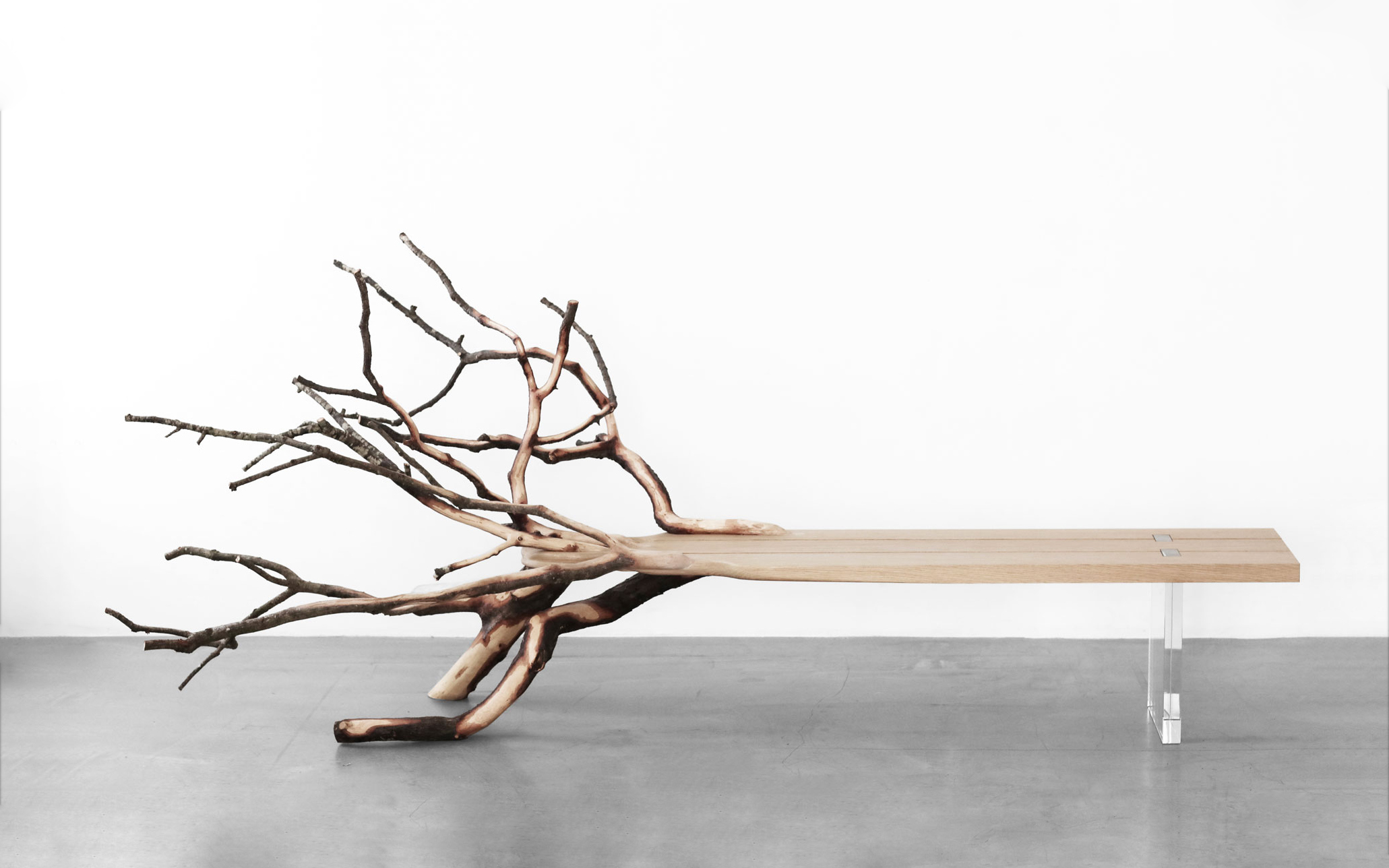
Morning Mist Collection, designed by Benjamin Graindorge, Ymer&Malta (ymeretmalta.com)

Galerie Yves Gastou, exhibition 40 Years of Discoveries, until October 4, 2025 (galerieyvesgastou.com)
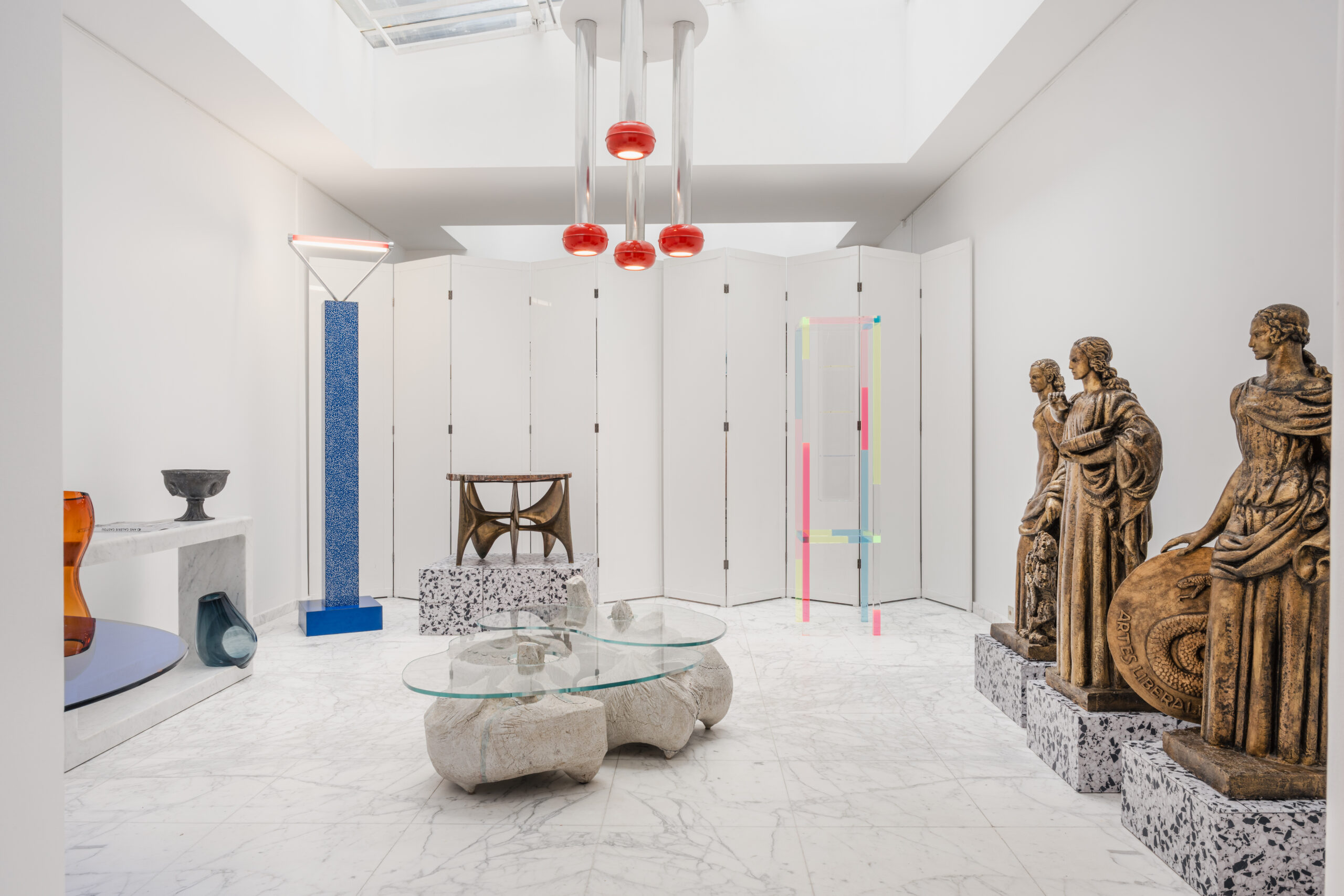
Galerie Yves Gastou, exhibition 40 Years of Discoveries, until October 4, 2025 (galerieyvesgastou.com)
Exploring New Materials
Across various districts of Paris – from the 4th to the 13th arrondissement, from the Galerie des Gobelins to Aubervilliers – the Paris Design Week Factory took over heritage sites, iconic galleries, and new spaces, such as the venue at 84 Rue de Turenne, where twelve publishers and renowned designers came together.
In the gallery of the Manufacture des Gobelins, the experimental material research of Wilfried Becret drew particular attention. He works with non-recycled glass waste less than 3 mm thick. By melting this waste at 800 °C, in various grain sizes, he creates an innovative material: a kind of extremely fine terrazzo with subtle color gradients. Becret transformed this material into tiles and designed the first prototype of a wall lamp.
In the district around the Opéra, the opening of the Reishi™ House introduced another innovative material: a nature-formed bioproduct based on mycelium, developed using the patented Fine Mycelium™ technology by MycoWorks. The creations of five Danish studios – including lighting fixtures and a room divider – make use of this biomaterial, which feels particularly sensual, almost like leather.
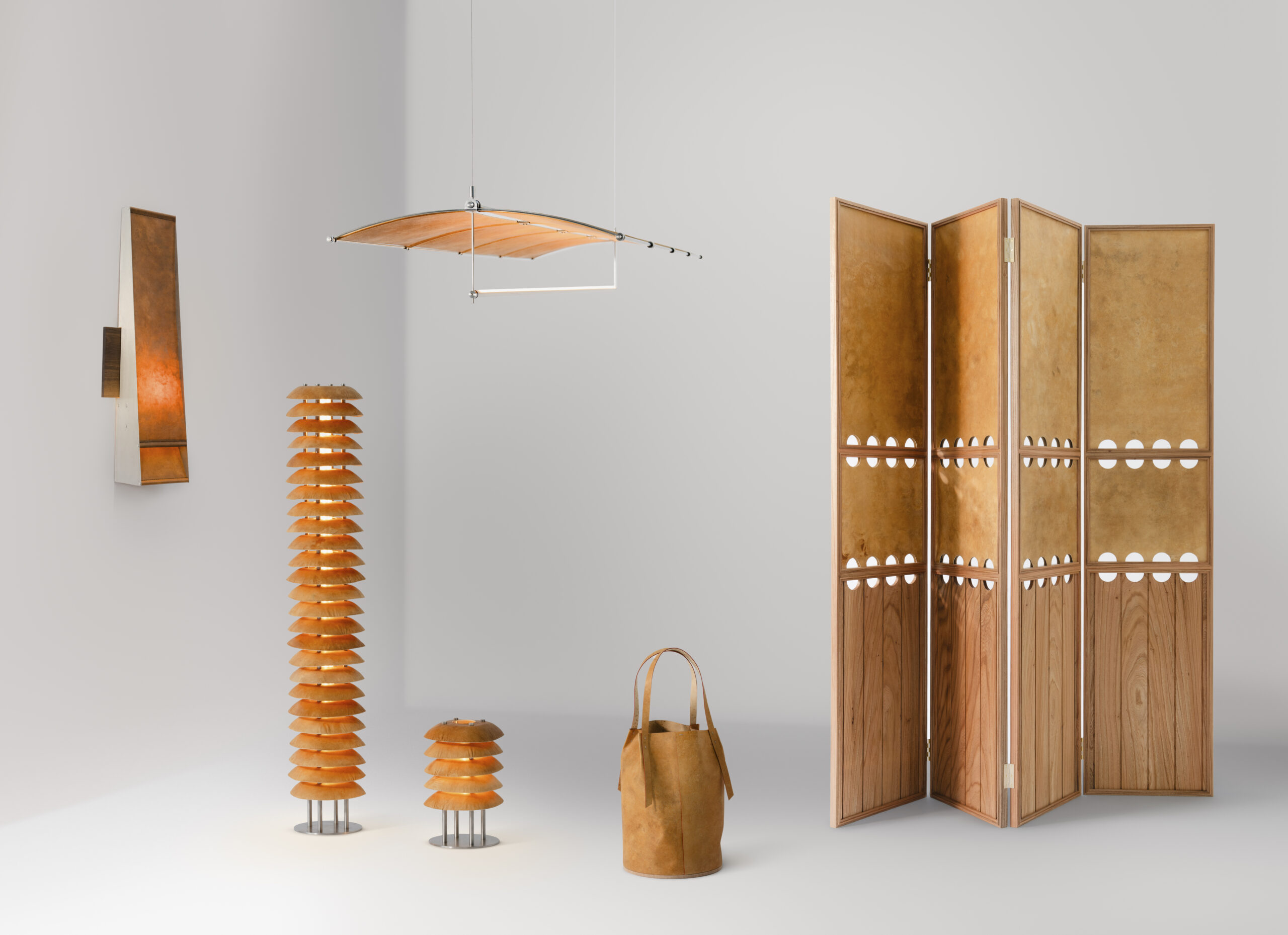
Exposition Reishi TM in the Nordic Light, by MycoWorks (mycoworks.com).
Special Spaces
Design was manifested in artistic installations that were even more striking in historical settings. In the Chapelle Saint-Louis des Gobelins, the new reissues from Source Edition were presented, including the Dialogue chair (designed by André Monpoix in 1967 in collaboration with Mobilier National). With this chair, a modular living room can be created; a model that was also once placed in Simone Weil’s office.
In another building, the S3T4 collection by Joseph André Motte was showcased, reissued by Duvivier Canapés. The Ymer&Malta gallery, which will soon be exhibiting in Knokke as part of the Les Confidents agency, decorated the courtyard of the Hôtel de Sully with high-quality pieces in bog oak marquetry and resins of mineral or plant origin, such as flax.
In the courtyard of the Victor Hugo House Museum, the soothing scenography by Sandra Benhamou brought a relaxation space to life, featuring a reading nook and materials designed by Pierre Bonnefille. Benhamou also designed the ground floor of the Royal Monceau Hotel.
In the lush setting of the Palais Abbatial, the Bel Ouvrage presentation, orchestrated by Carole de Bona, brought together 140 pieces. Highlights included Béatrice Sert’s rock mosaic, furniture in which Tim Leclabart reinterprets art deco, paper inlays by Pierre-Henri Beyssac and Victoire Camus, and the golden lacework by Marie De Decker.
The Ozenfant house-studio, designed by Le Corbusier in the 1920s for his friend, the painter of the same name, housed recent reissues of a bookshelf and library by Marcel Gascoin, as well as the Premier Prix armchair by René Gabriel, designed during the post-war reconstruction period for the homes of Auguste Perret in Le Havre. These pieces are now being reproduced by Hyacinthe, a young French publishing house.
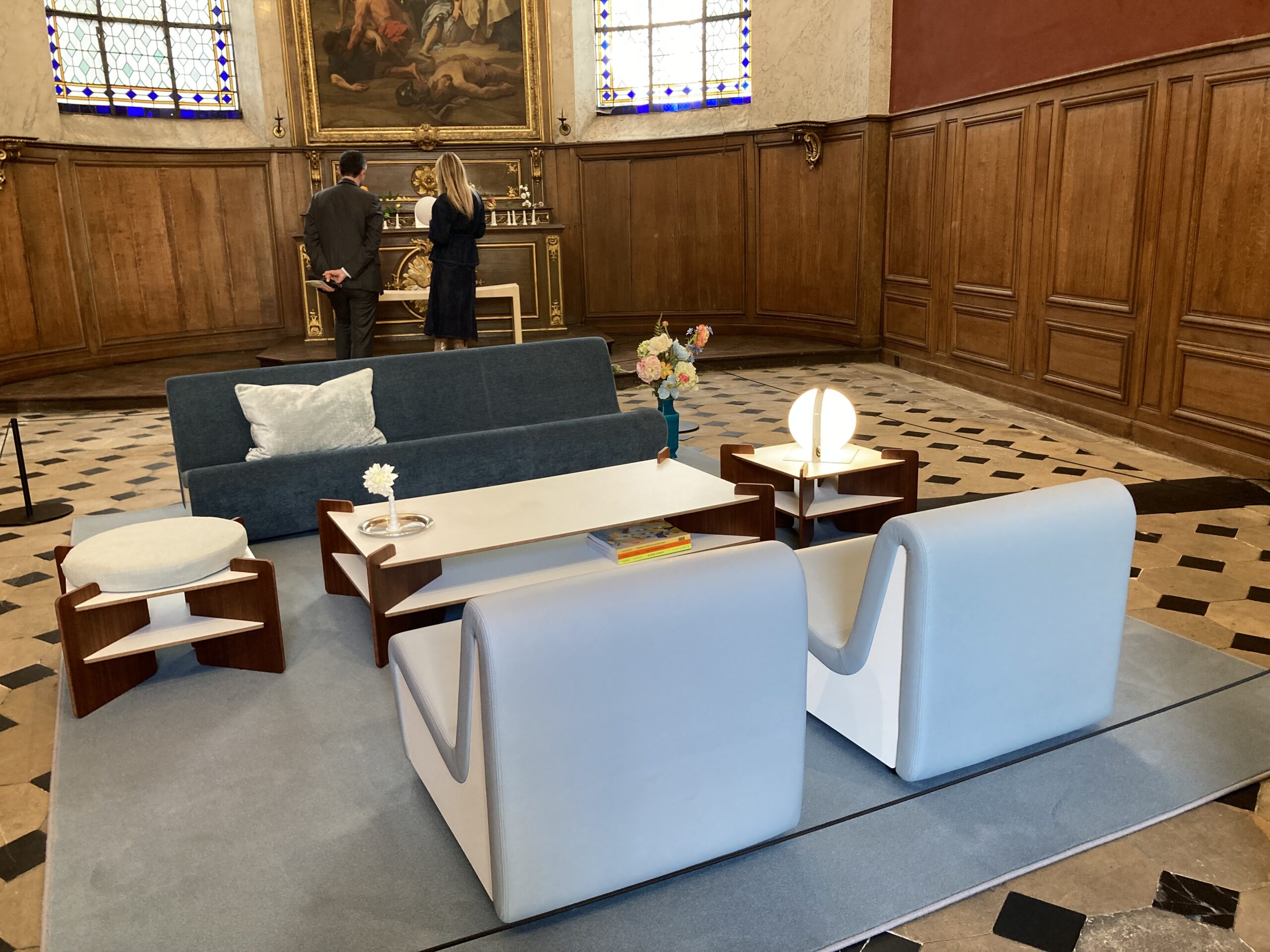
Source Edition Collection, reissue of designs from the 1950s to 1970s (source-édition.com)
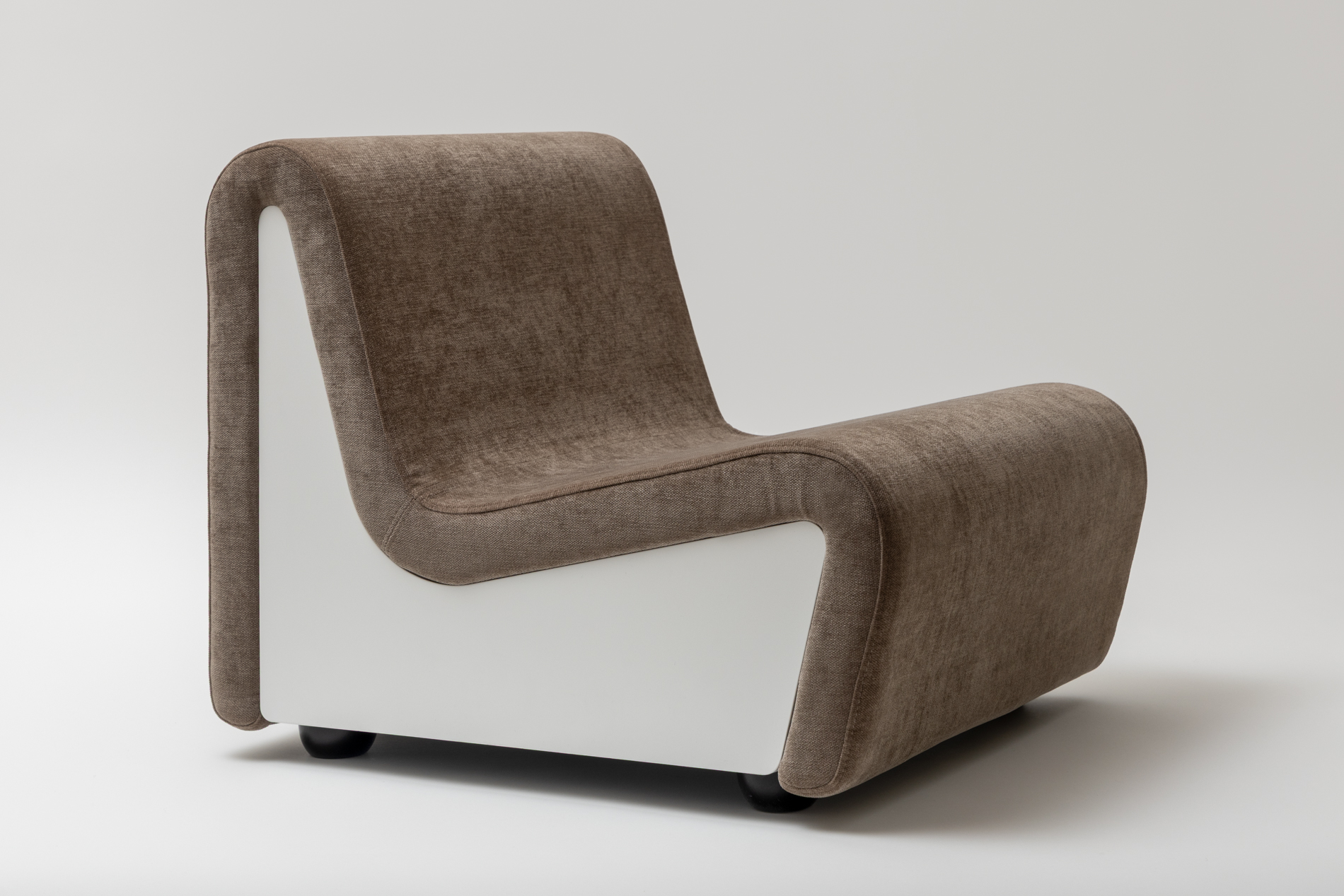
Dialogue Armchair, design by André Monpoix, 1967, reissued by Source Edition (source-édition.com).
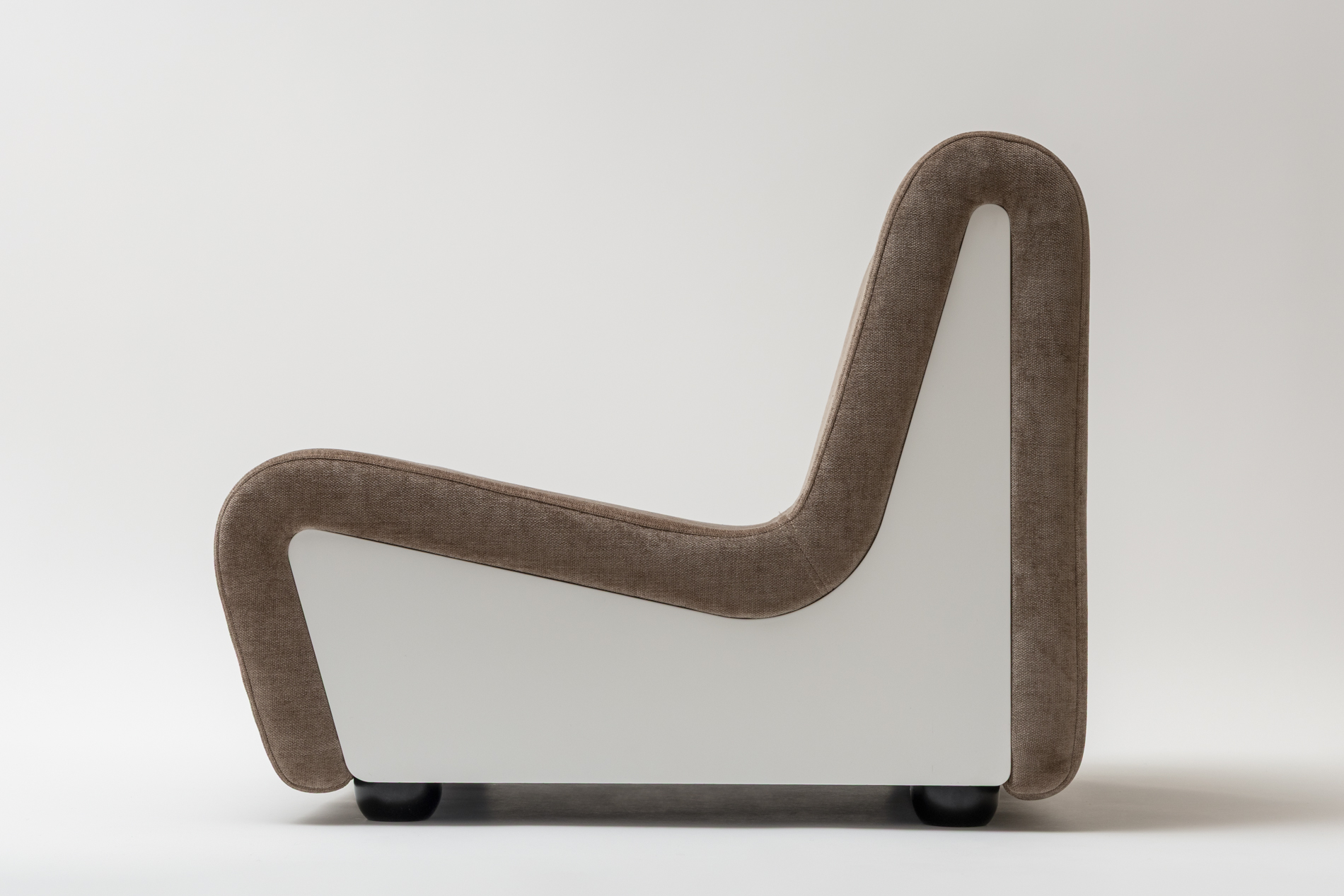
Dialogue Armchair, design by André Monpoix, 1967, reissued by Source Edition (source-édition.com).
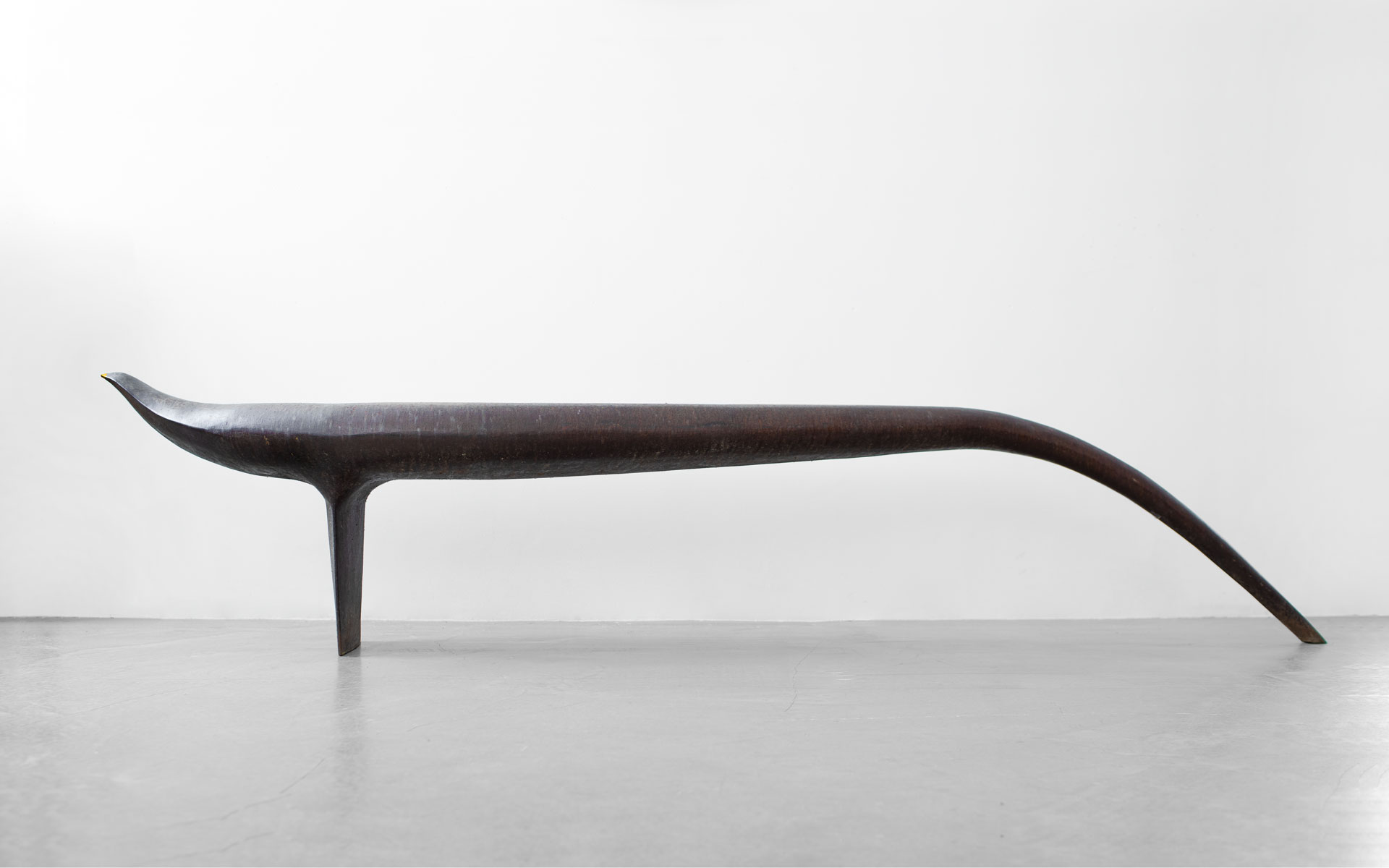
Banc Oiseau Blanc, made of corten steel and gold leaf, by Sylvain Rieu-Piquet, Ymer&Malta (ymeretmalta.com).
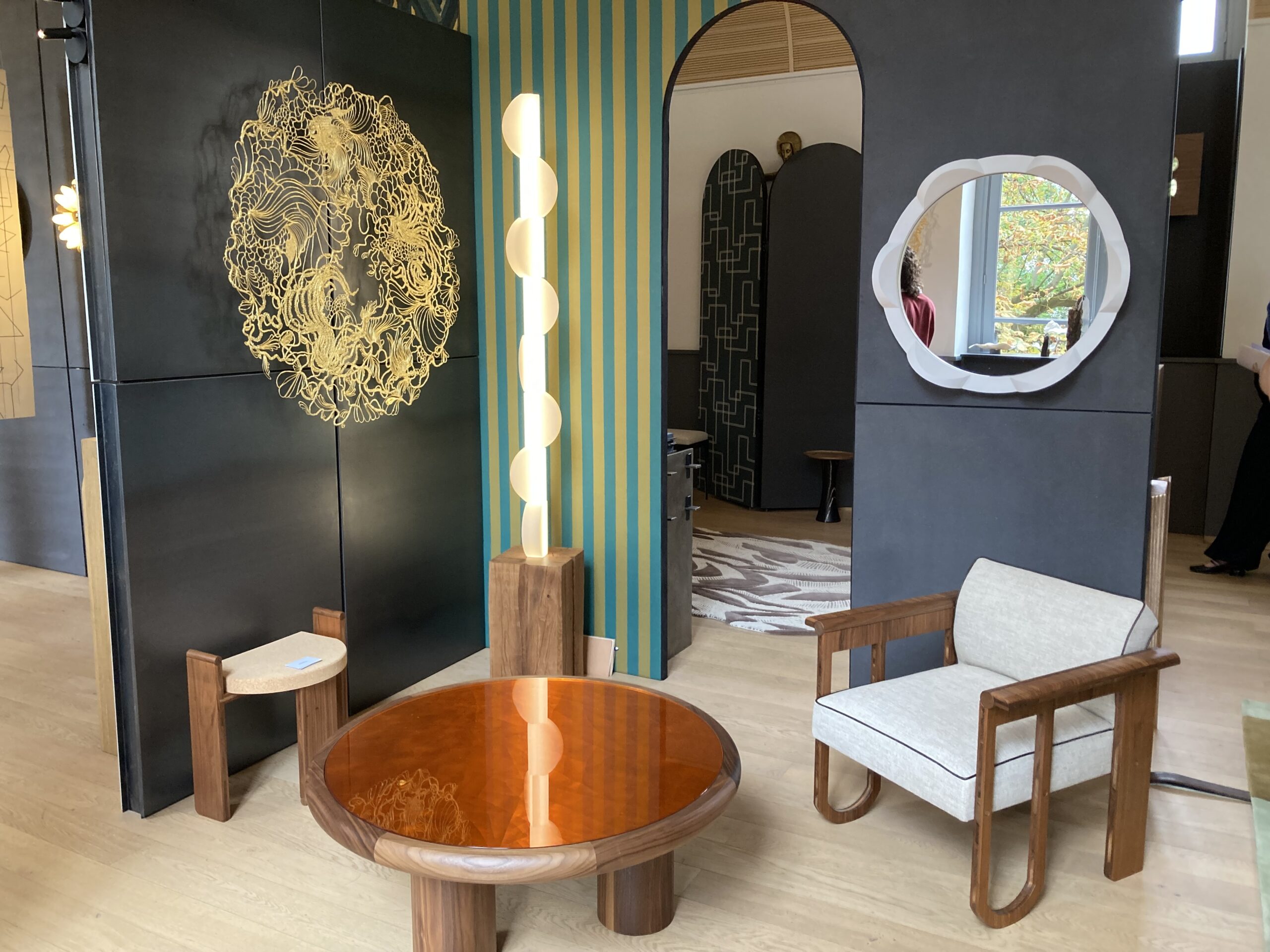
Bel Ouvrage Exhibition, featuring creations by Tim Leclabart (timdeclabart.com) and a gold-leaf decorated mural by Marie De Decker (art.mariededecker.com).
To the Place des Victoires
Among textile designers, the house Lelièvre presented a new collaboration with the brand Talka: two table lamp models in which fabric and brass are harmoniously combined. Additionally, a collaboration with Cos was unveiled, resulting in the release of two rugs.
The new Contrée Sauvage collection, designed for hotels, offices, and public institutions, stands out for its refined textures with sophisticated finishes: striped satin, chenille, and herringbone with gold thread.
The Casamance group introduced two new textile collections: Issé Prestige, featuring flowing fabrics that exude a majestic appearance and consisting of 21 qualities, and Issé La Collection, characterized by playful lines, subtle textures, hand-embroidered details, and artisanal prints. The latter includes 19 models, each with its own story.
Publisher Toulemonde Bochart presented several Mediterranean-inspired rugs, recognizable by their relief patterns and designed by designer and interior architect Dorothée Delaye.
A true highlight came from the architectural firm RDAI, with the reissue of pieces designed by Rena Dumas in the 1990s. The Robinson collection, adapted to contemporary standards, combines steamed chestnut wood – treated by the Chatersèn workshop in the Cévennes – with zinc, heated lava stone, and leather.
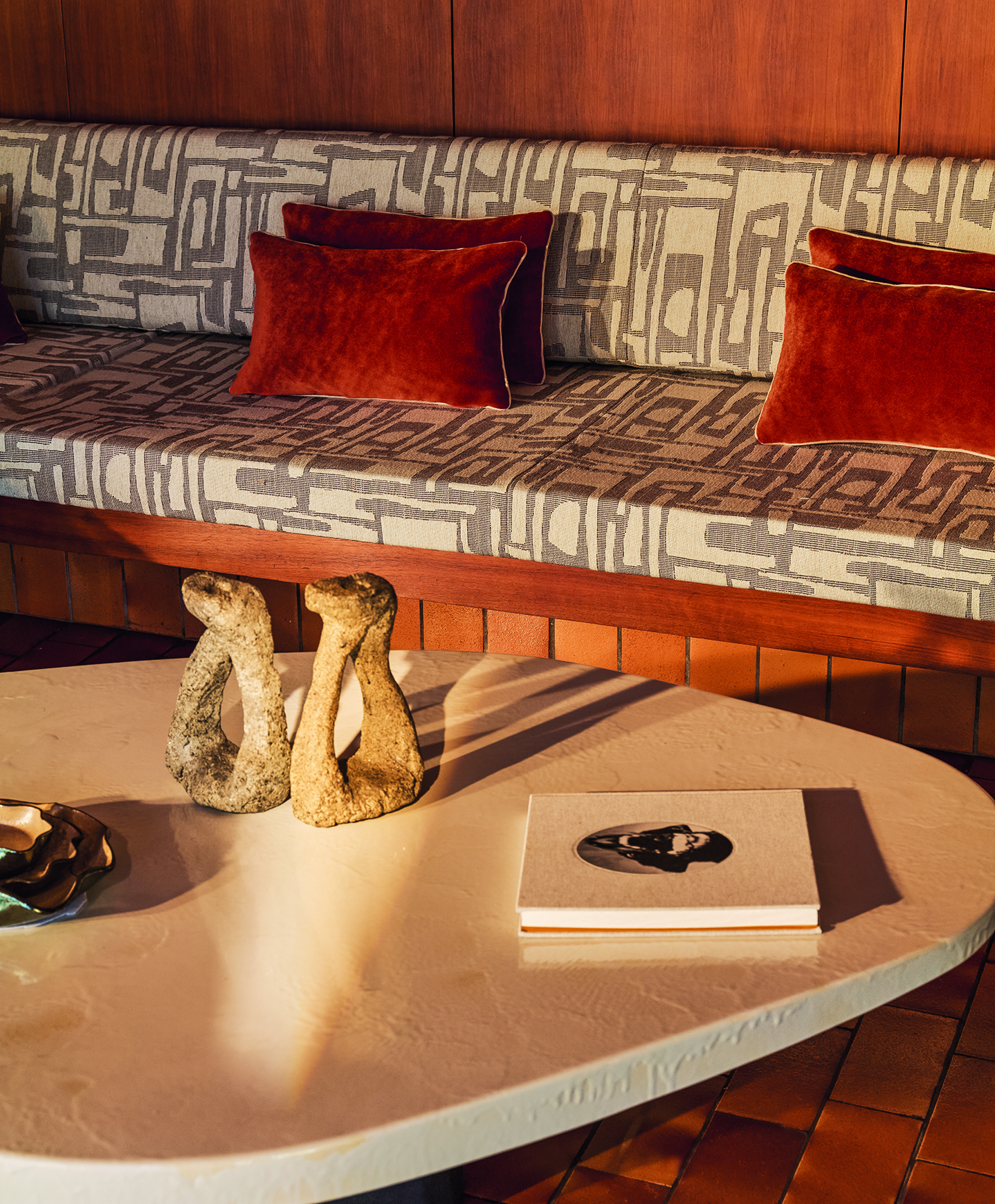
Sofa upholstered with graphic jacquard Edmond, made from viscose and linen, thick cotton fabric. Cushions in Ella mohair velvet. Issé La Collection, Casamance Group (casamance.com).
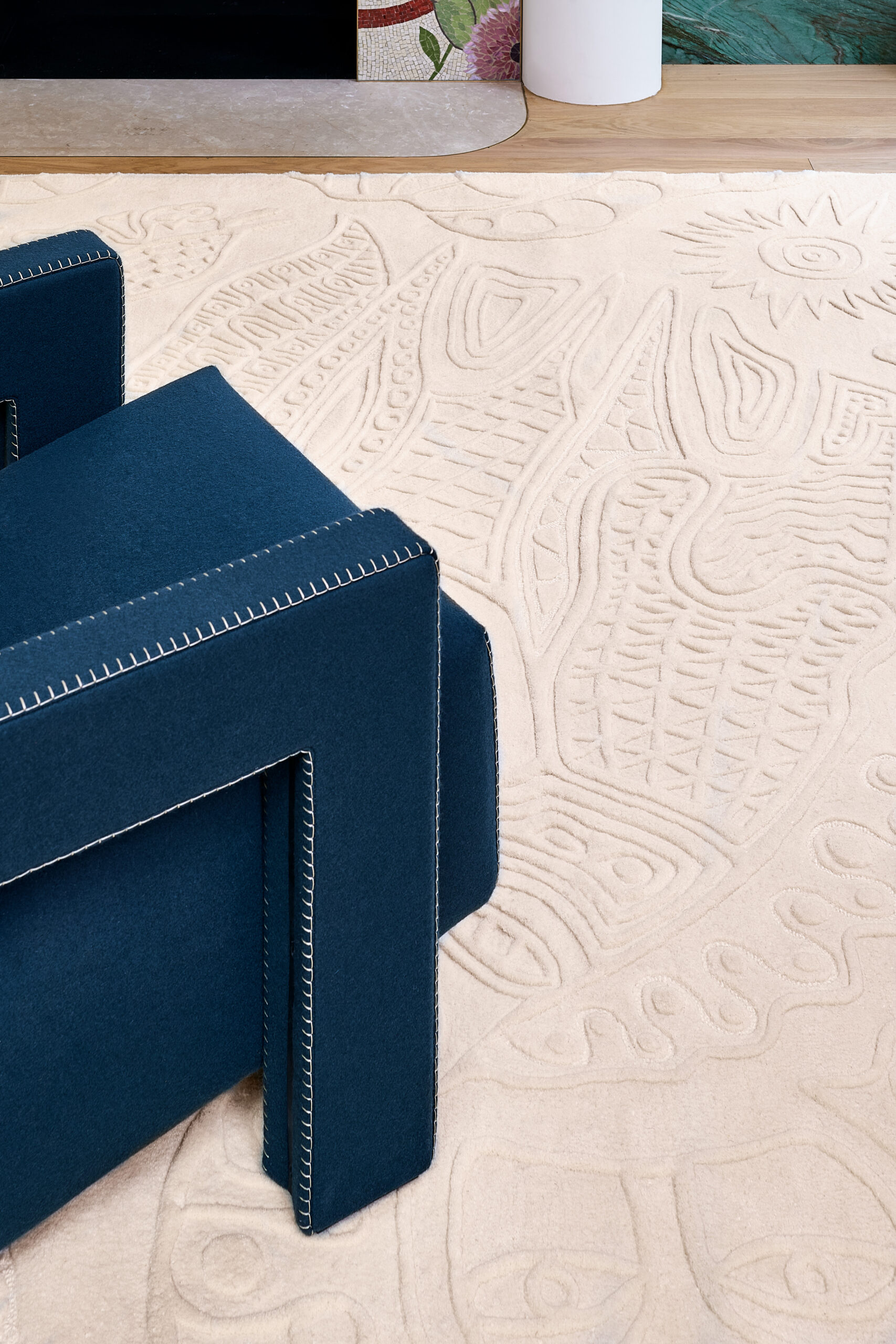
Sabbia Rug, design by Dorothée Delaye for Toulemonde Bochart (toulemondebochart.com).
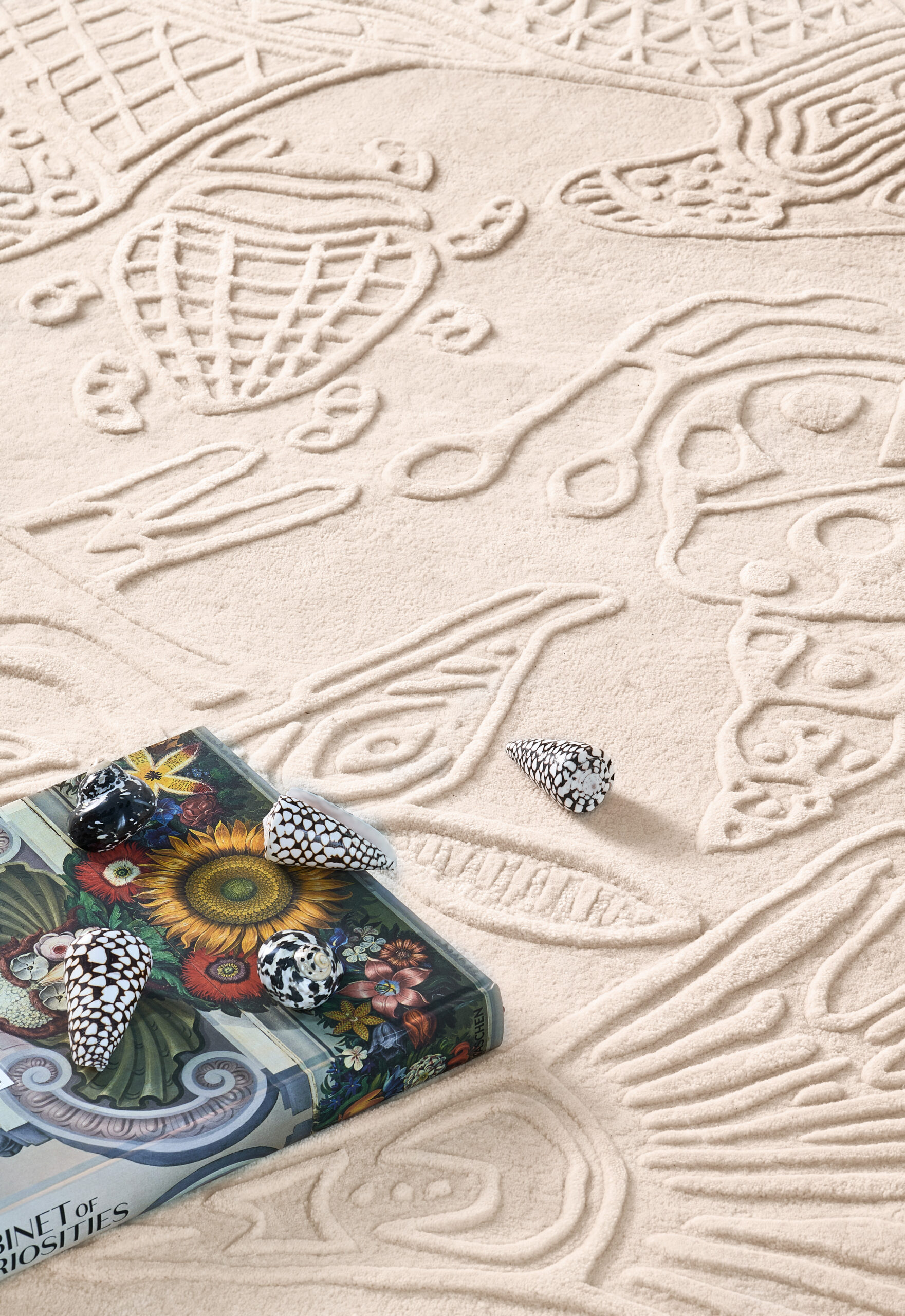
Sabbia Rug, design by Dorothée Delaye for Toulemonde Bochart (toulemondebochart.com).
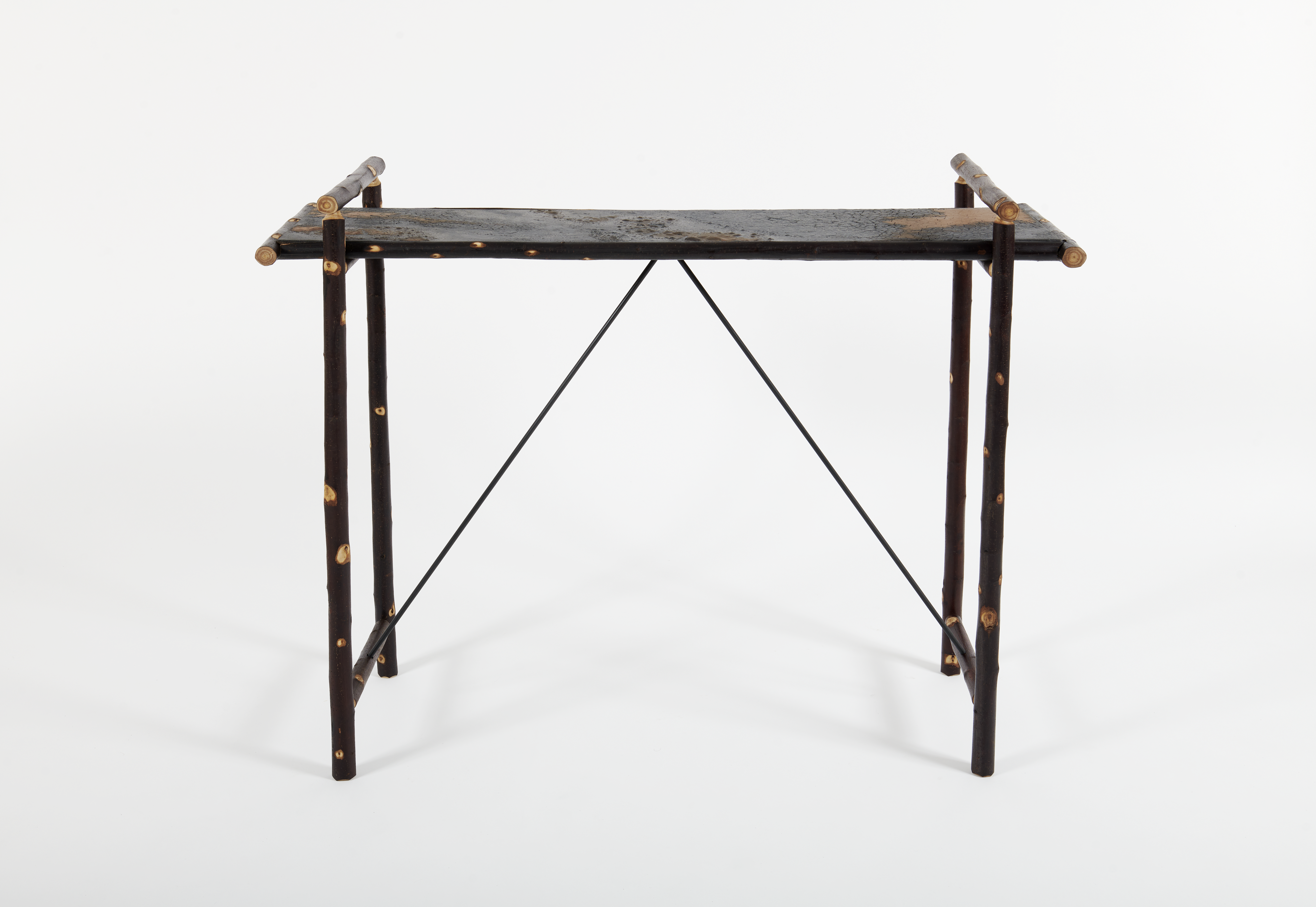
Robinson Collection, design by Rena Dumas, reissued by RDAI (rdai.fr).
In the Le Marais District
The Paris Design Week Factory spanned five locations, with the main exhibition on Rue Commines, curated by the collective Meet Met Met and Brussels-based designer Thibault Huguet. In the spirit of futuristic design, prototypes and avant-garde objects shaping the design of tomorrow, one of the highlights was the biodesign work of Loumi Le Floc’h. She creates curtains, sheers, and partitions from eggplant skins, with a magical transparency reminiscent of stained glass. Her Precious Peels have the delicacy of paper and the suppleness of fabric.
Among the invited countries, China, Guatemala, and Portugal attracted particular attention, with creations that innovatively reinvent traditional crafts such as woodworking and ceramics.
There was a particularly strong presence of female designers and artists: the artist collective Oh my laine!, the exhibition Lux Naturale at the gallery of Pauline Carreta, and the sensitive work of Margaux Keller. In a sunny, Mediterranean atmosphere, Keller paid tribute to Marseille, filling a large space with her complete Sainte-Victoire collection. There, she presented a new tableware set, extensions of existing lines, and refined variations of previous creations.
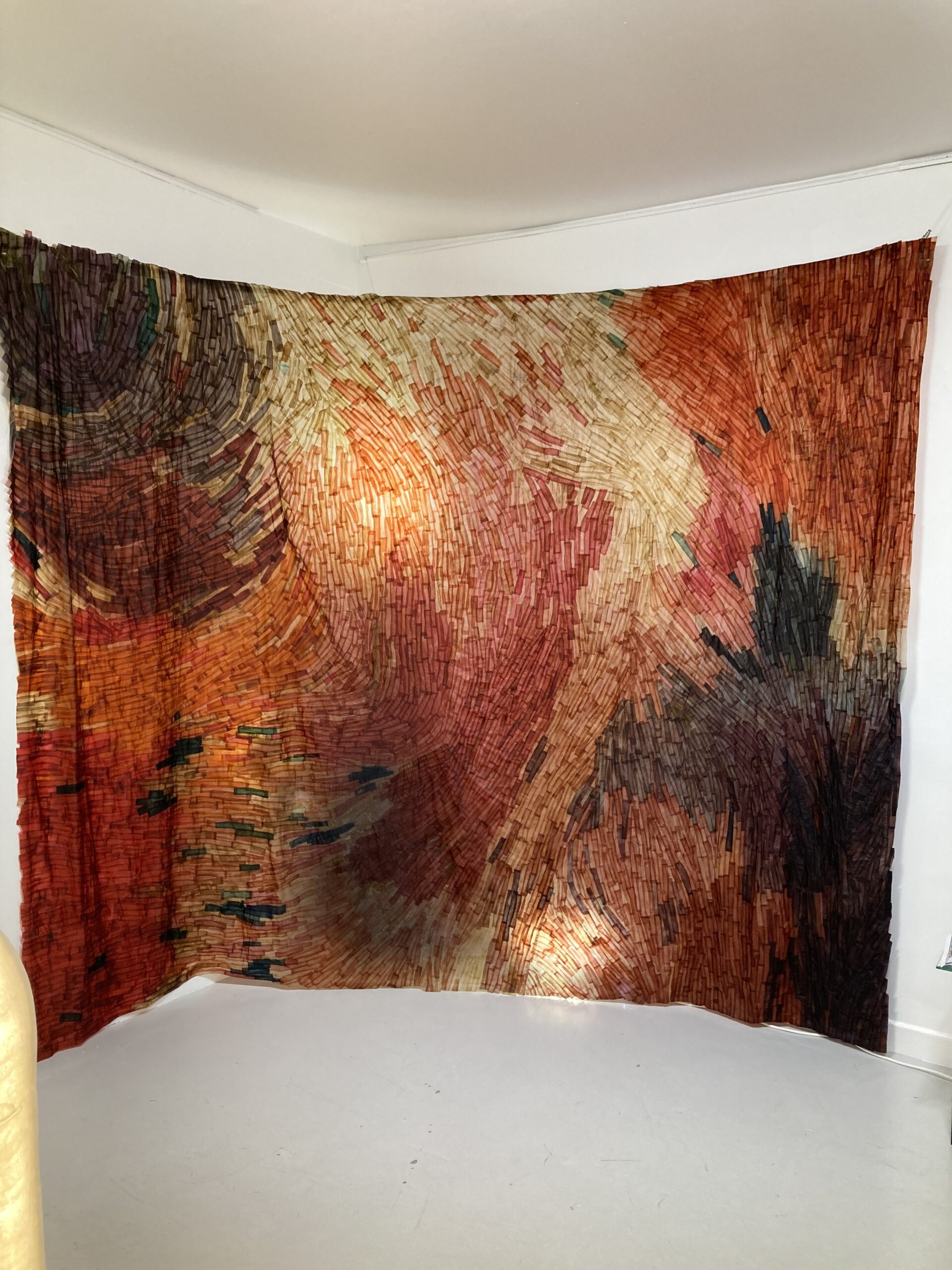
Precious Peels Wall Hanging, design by Loumi Le Floc’h (loumilefloch.com).
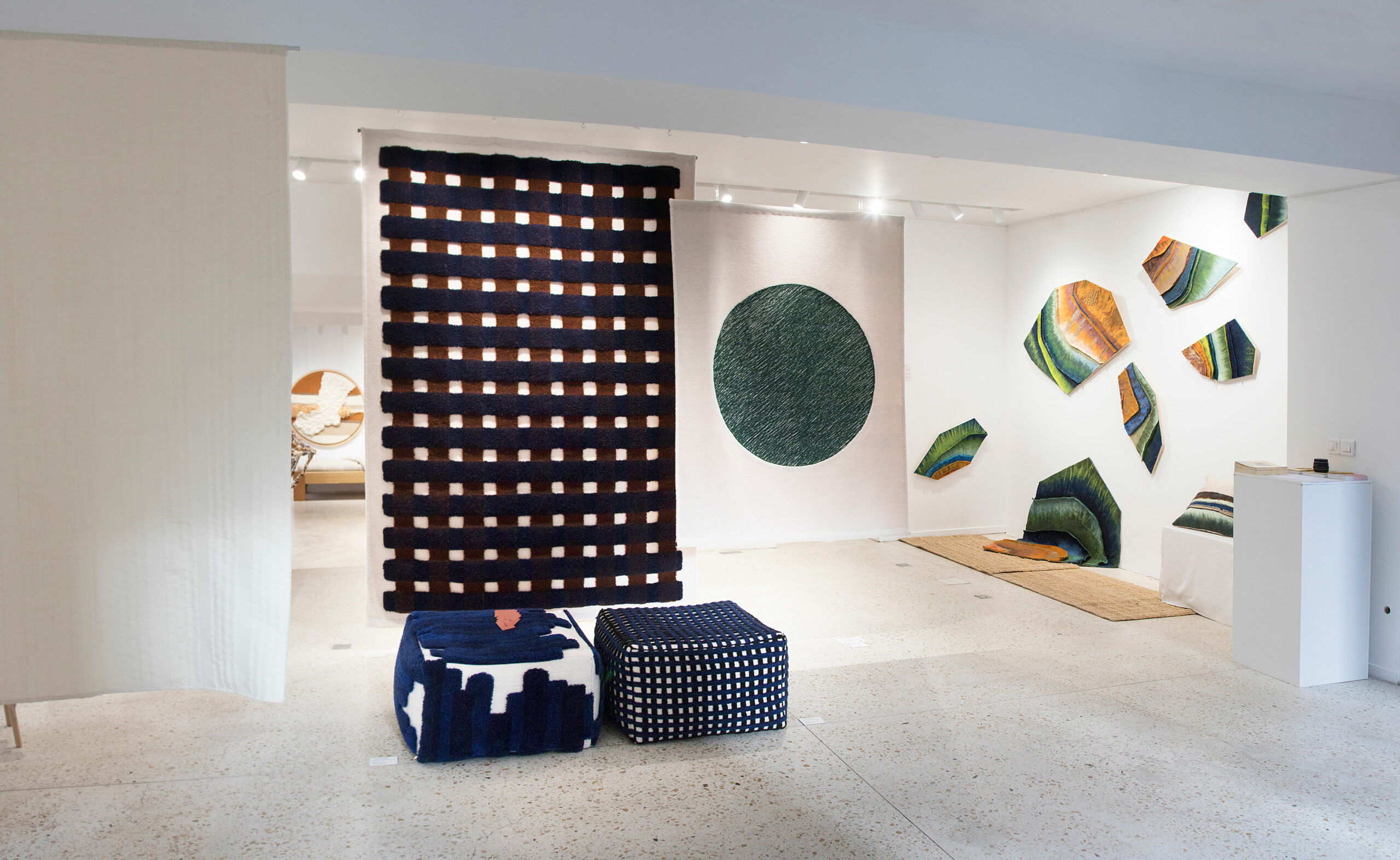
Oh my Laine! Exhibition, in collaboration with Lainamac (ohmylaine.fr and lainamac.fr).
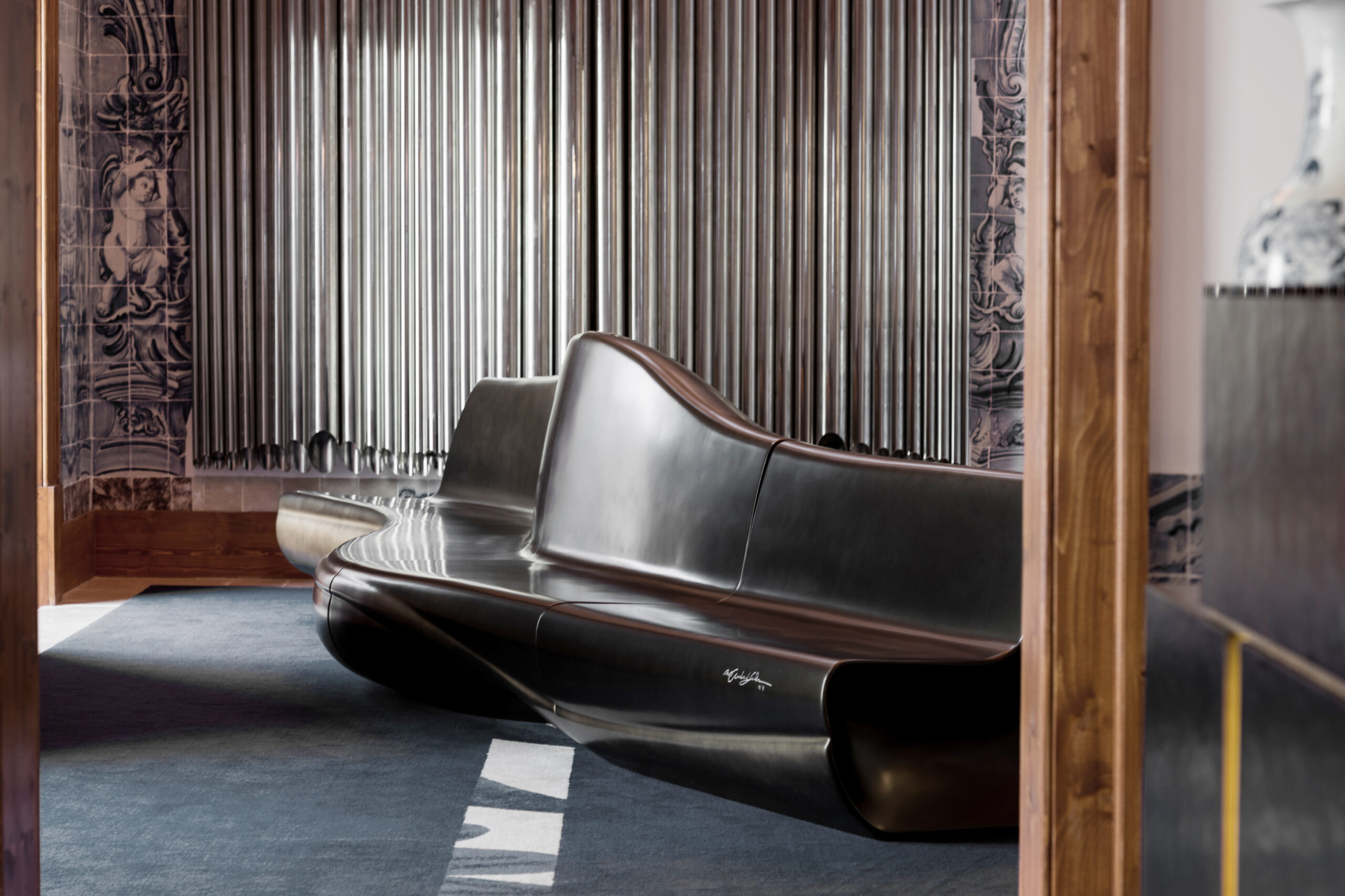
Duna Modular Sofa, by Nini Andrade Silva for the exhibition Made in Portugal Naturally.

The World of Margaux Keller (margauxkeller.com).
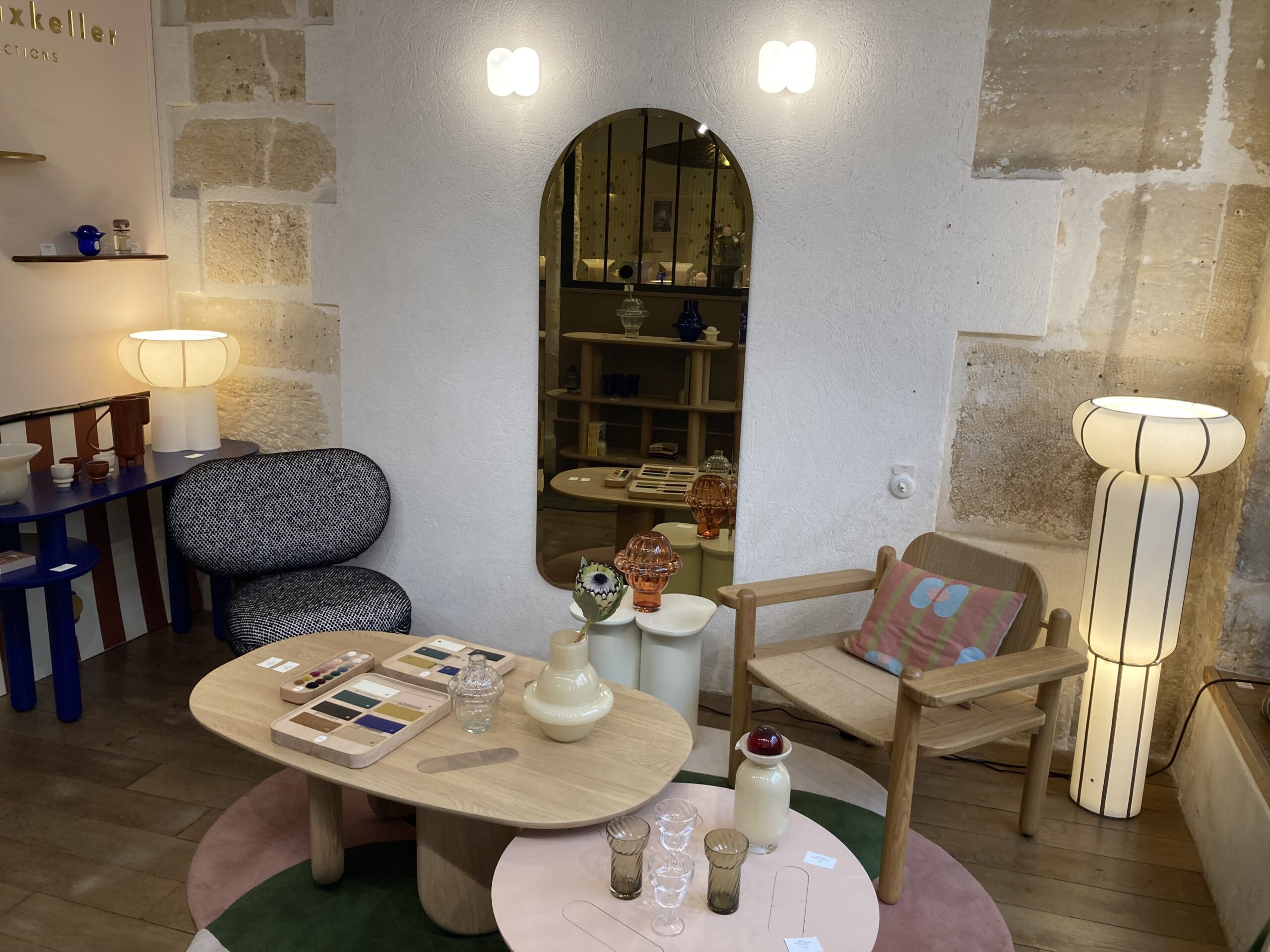
The World of Margaux Keller (margauxkeller.com).
In the Shadow of Saint-Germain des Prés
In this district, Serge Lesage opened his new showroom, where he presented his rugs and unveiled a collaboration with Sarah Gracia – the new artistic director of the brand and designer of exceptional pieces at Atelier Munaé.
On Rue de l’Université, the young publishing house Adret, founded by two interior architects, launched its first collection. The pieces stand out with a unique signature, linking to the decorative arts and styles from the 1930s/40s and 1980s, with influences from Donald Judd, and striking a balance between vintage and contemporary. The collection includes a coffee table made from stone from Saint-Maximin (Oise), a side table in solid oak or beech wood, a lighting fixture in collaboration with ceramicist Alice Trescarte, a sofa and armchair inspired by the Ours model by Jean Royère, a mirror in enameled lava stone as a tribute to Georges Jouve, and the reissue of an Altuglas armchair by Swiss artist Esther Hess.
In his showroom near the Seine, Alain Ellouz combined alabaster with wood patinated using Chinese ink, in spectacular creations such as a bench with integrated lighting and storage. The structure was crafted by Duvivier Canapés, which also presented the continuation of the Barbara collection in Rue Mazarine, developed in collaboration with Jean-Philippe Nuel. Alabaster was also combined with wool in a rug and wall piece designed by Alain Ellouz and Danneels + Zafiro.
In this vibrant neighborhood, the retrospective exhibition by Galerie Yves Gastou, celebrating its 40th anniversary, was not to be missed. It showcased iconic pieces from the 1980s. Just across the street, Thierry Lemaire’s creations paid homage to the modernist architecture of Luis Barragán, with sculptural, brutalist lines and bold materials such as travertine, titanium, and onyx.
The new pieces by Franck Genser, exhibited in his showroom-apartment, reflected the ongoing trend of organic forms. The more accessible brand Fermob introduced its first outdoor kitchen, a new trend color (latte beige), and, in a preview, the reissue of the Swiing lamp, redesigned by Sarah Lavoine with a base in her signature blue and an amber-colored diffuser.
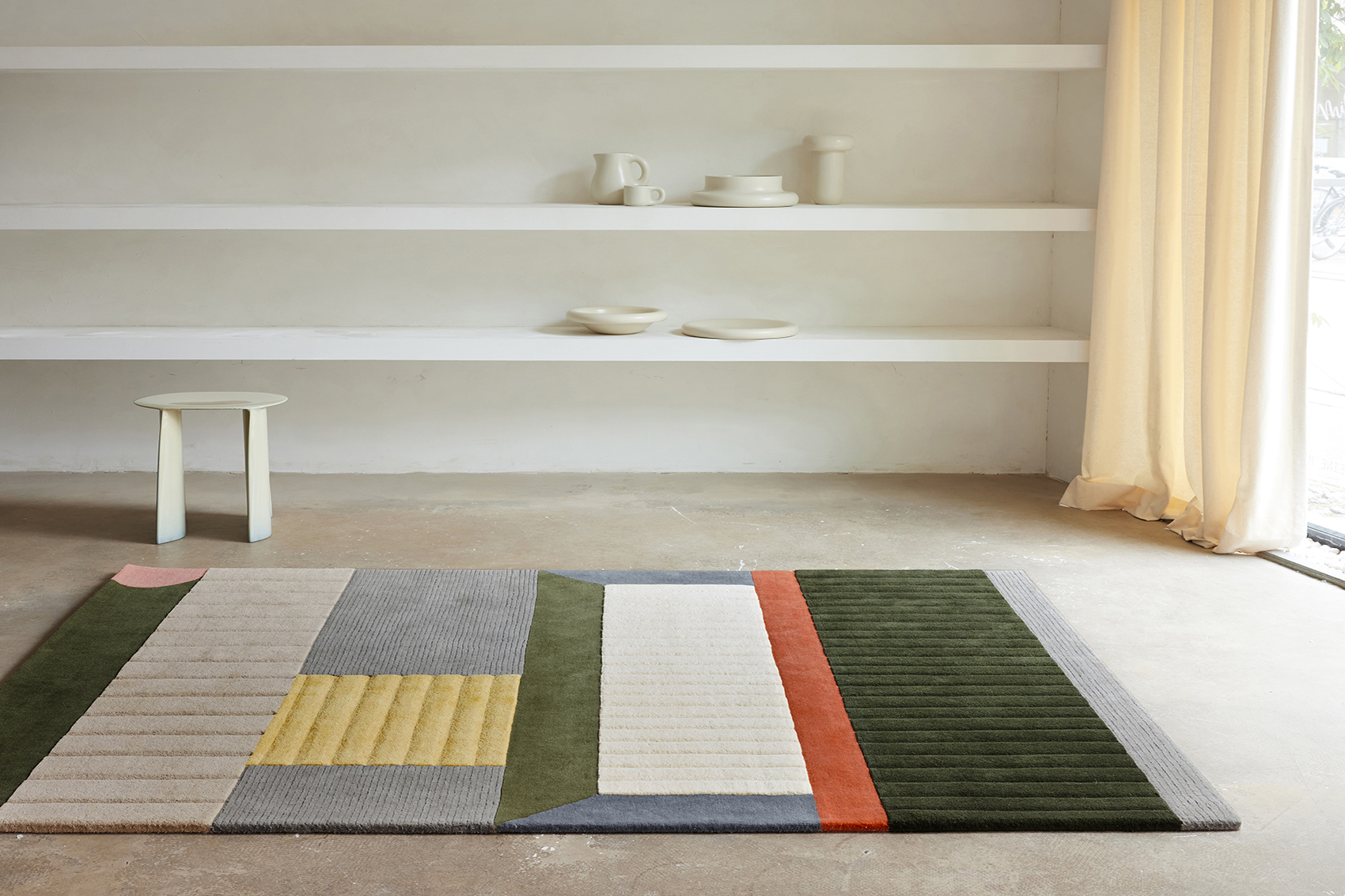
Cairn Brique Rug, Serge Lesage (sergelesage.com).
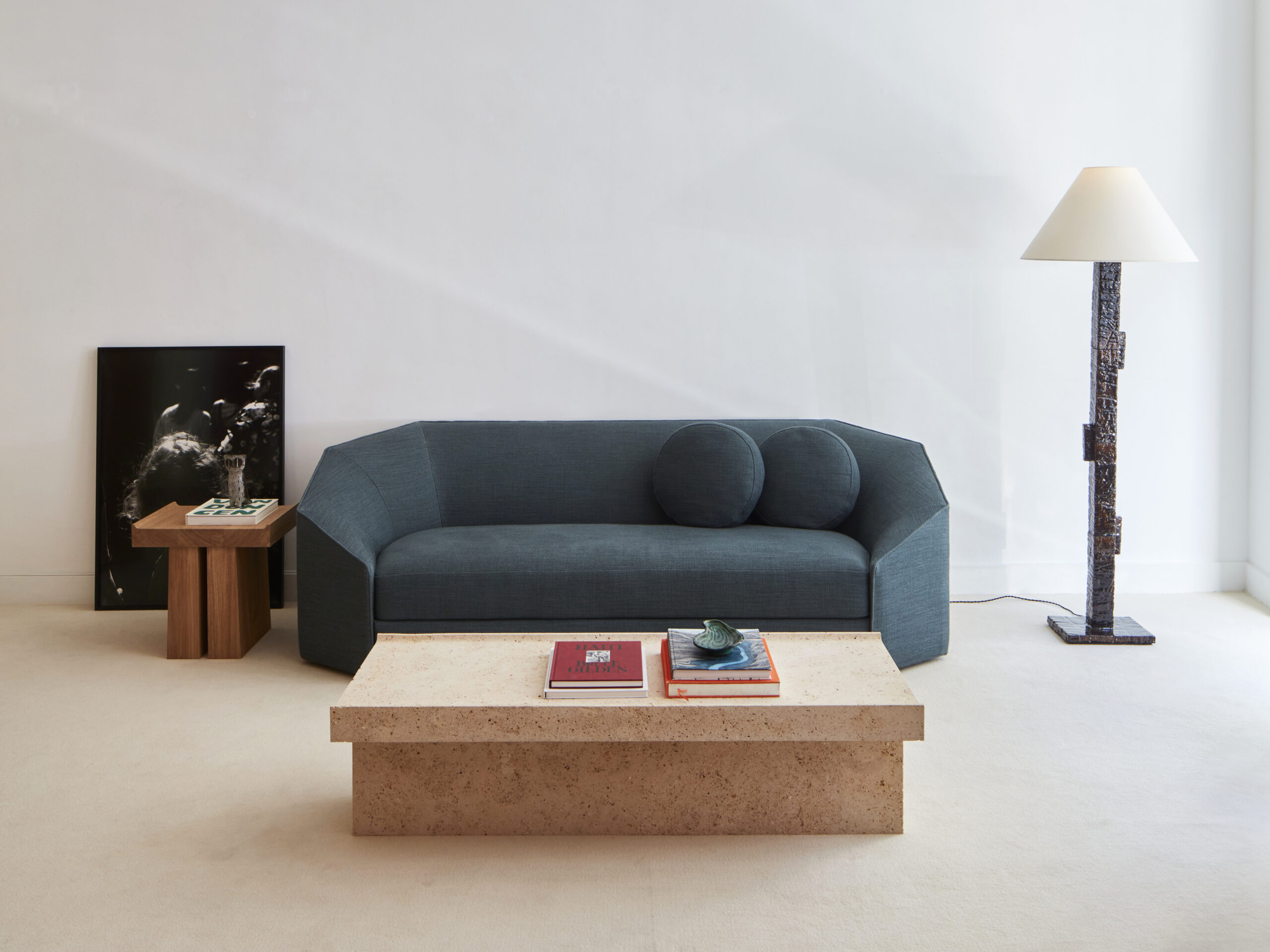
New Collection by Adret from RMGB Architecture (rmgb.fr). Photo: © Stéphane Réchaud.
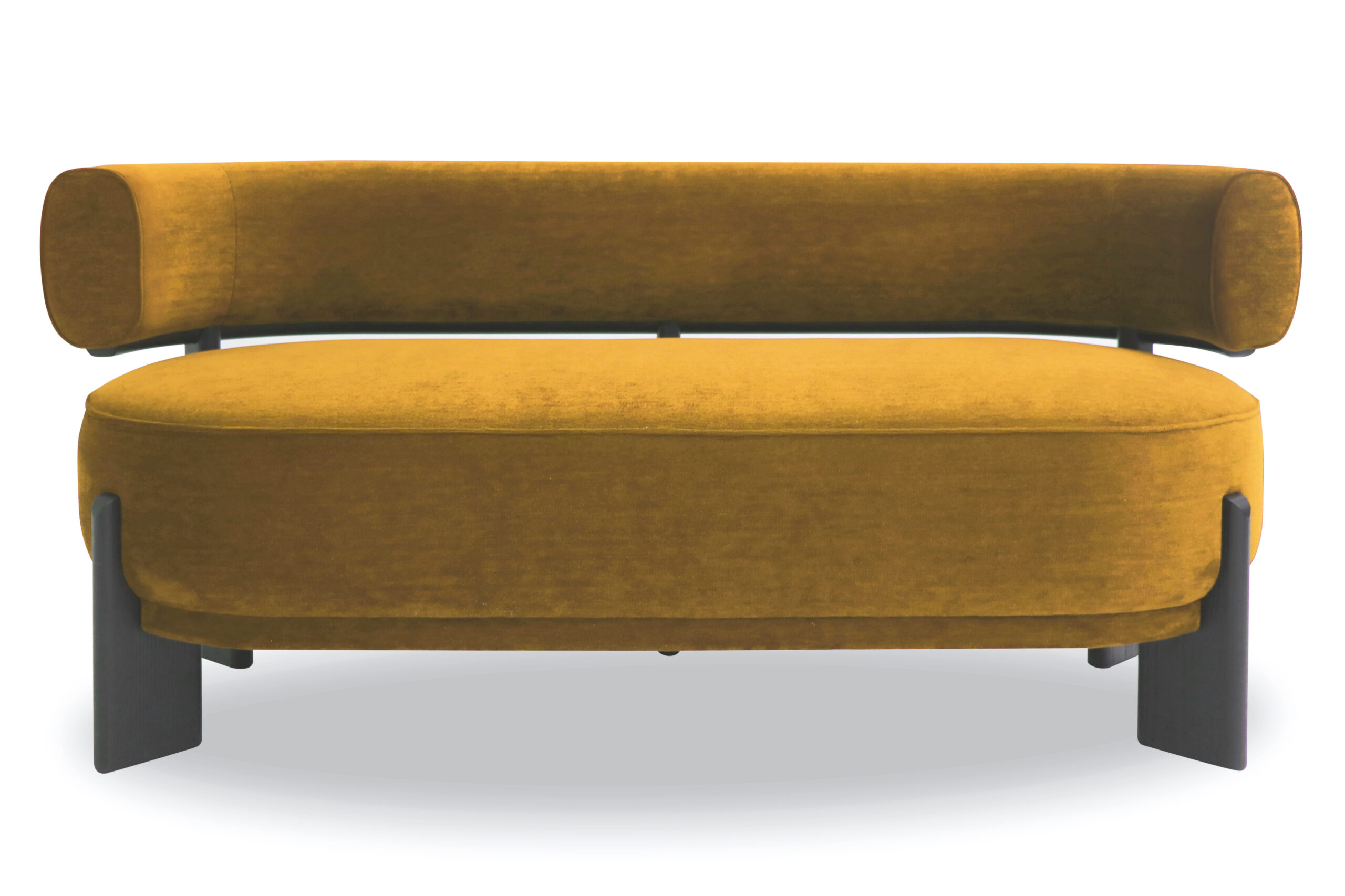
Barbara Sofa, design by Jean-Philippe Nuel, Duvivier Canapés (duviviercanapes.com).
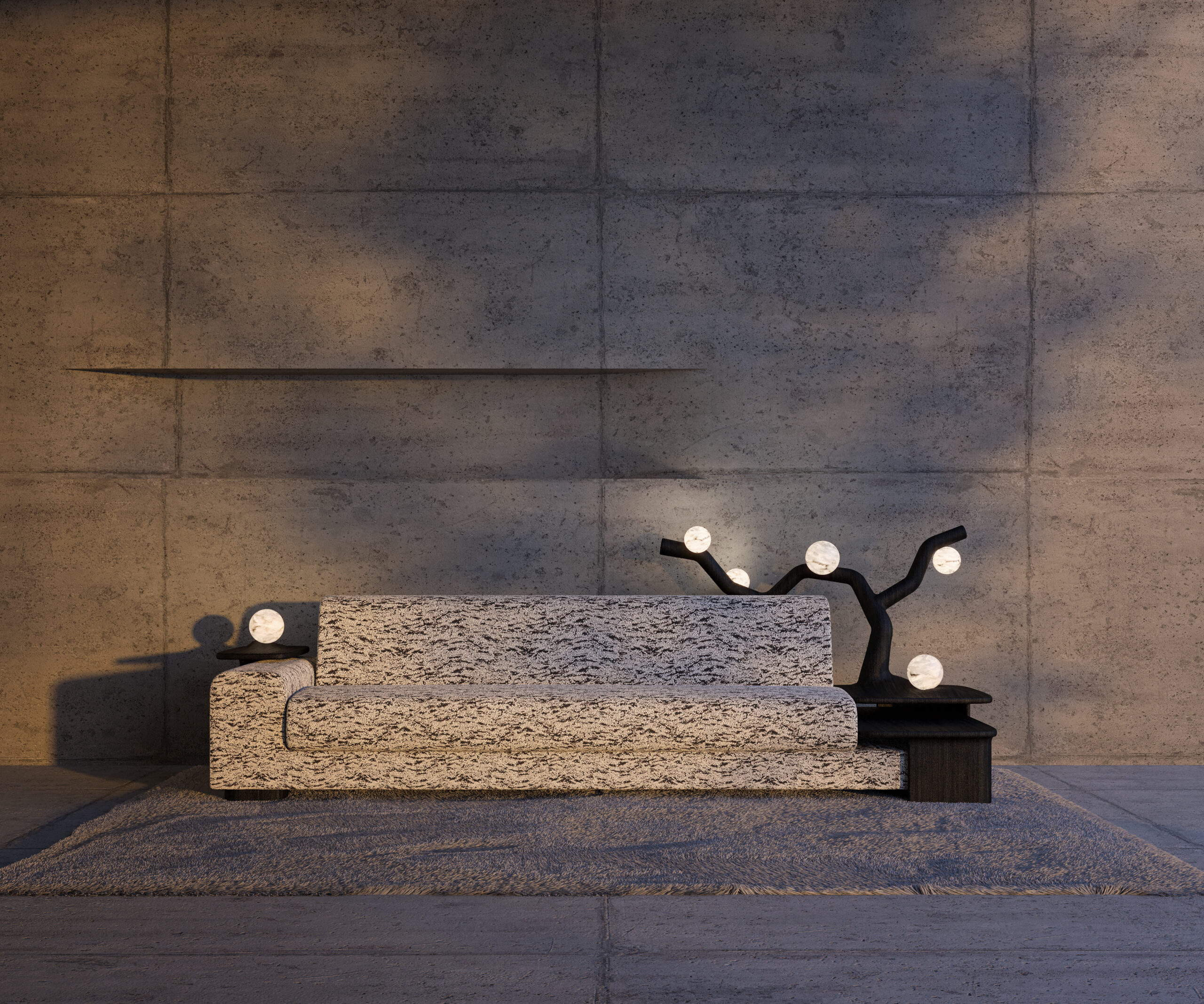
Fusion Sofa, design by Alain Ellouz, in collaboration with Danneels + Zafiro and Duvivier Canapés (alain-ellouz-paris.fr).

Illuminated Fusion Rug, design by Alain Ellouz with Manufacture de Tapis de Bourgogne (alain-ellouz-paris.fr).
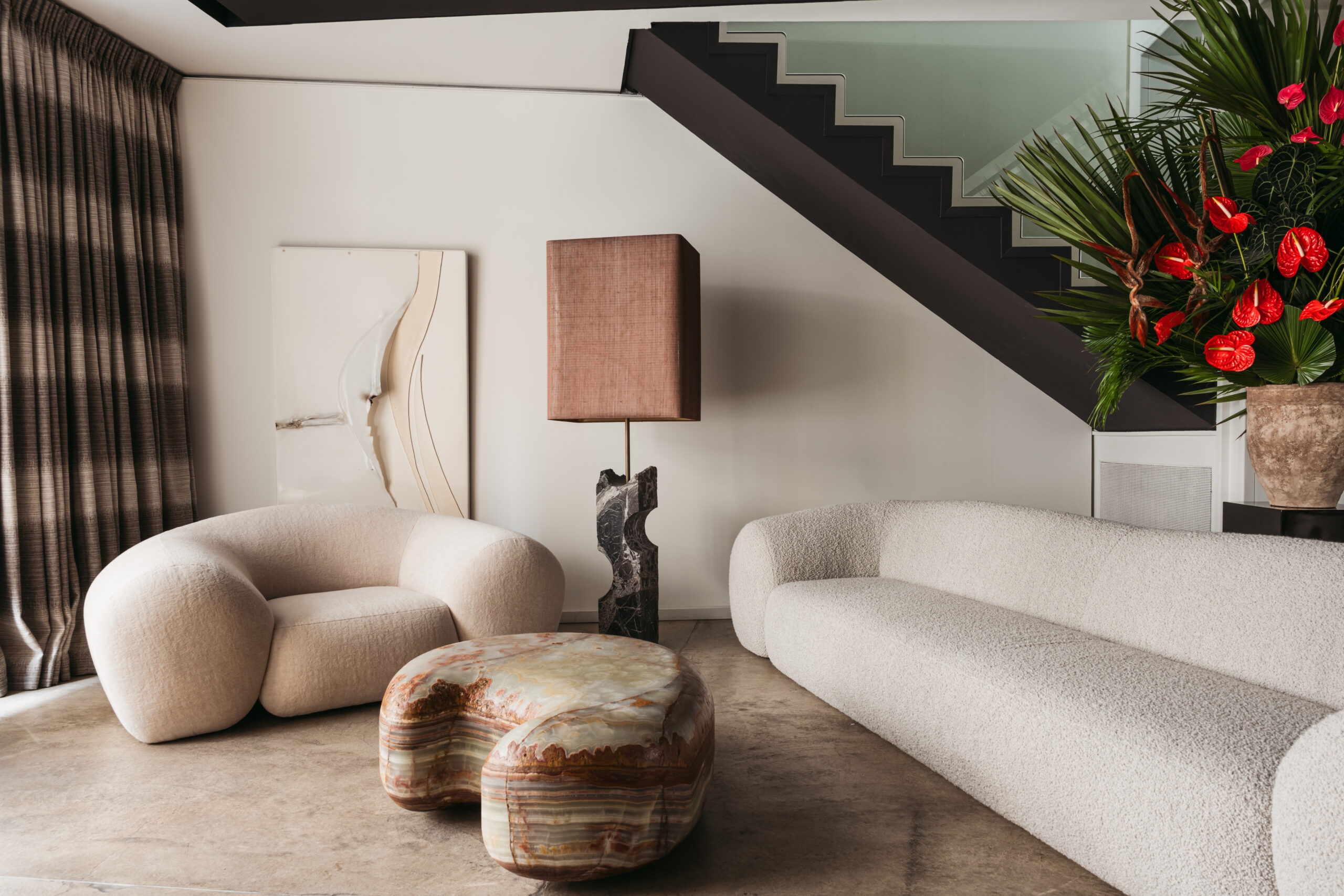
New Collection by Thierry Lemaire (thierry-lemaire.fr).
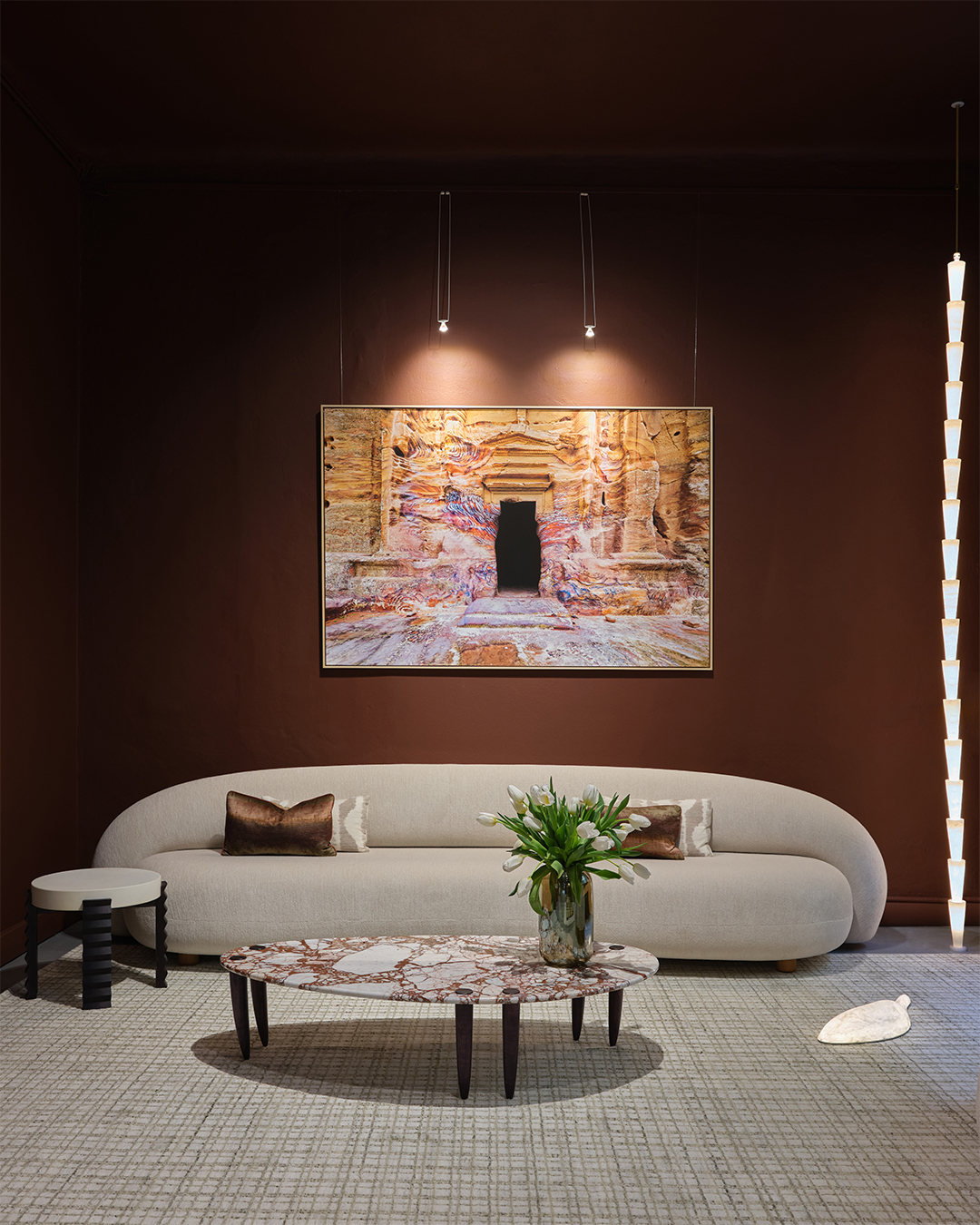
Scarf Sofa, design by Franck Genser (franckgenser.com).
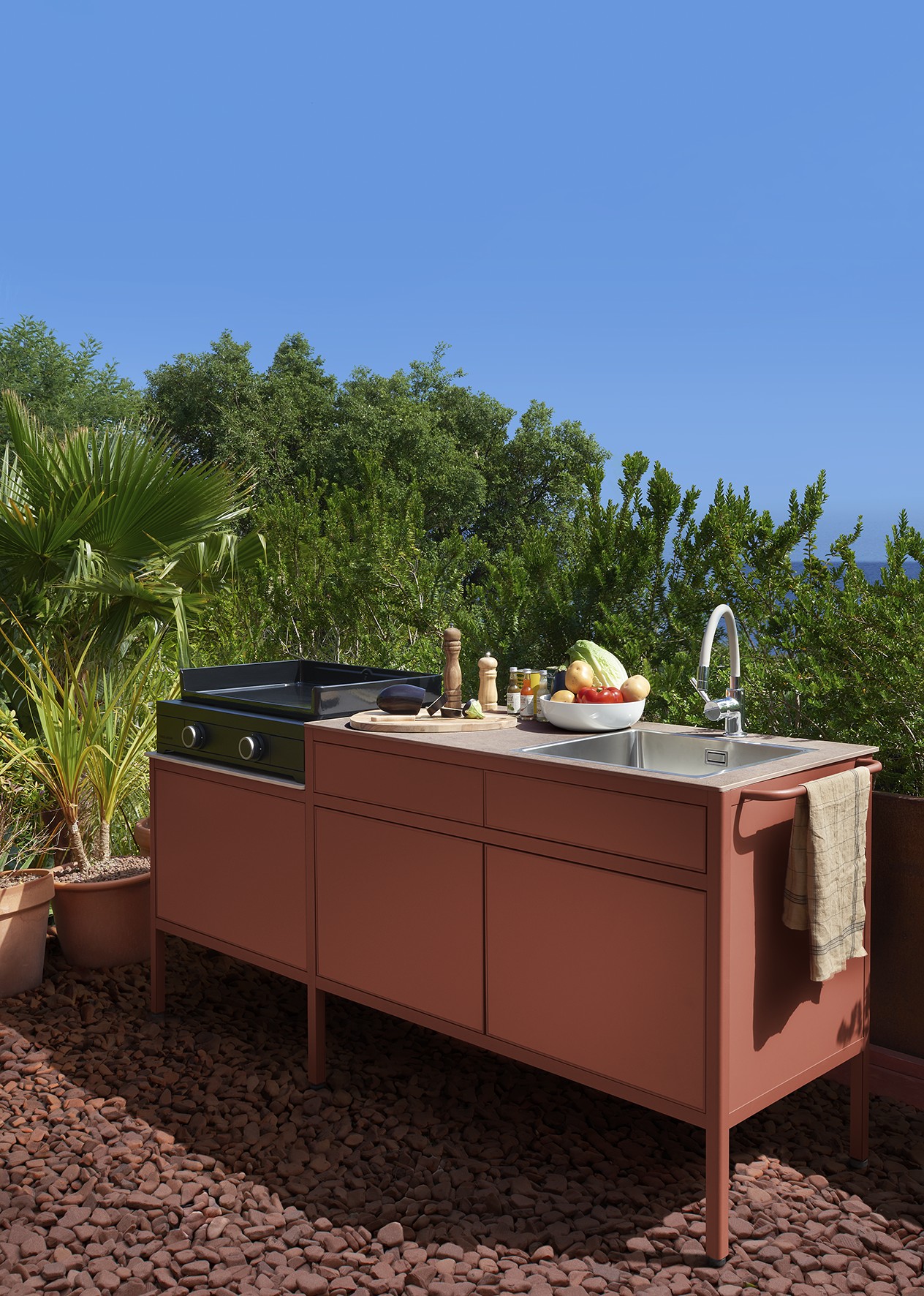
New Outdoor Kitchen Goosto, ochre color, Fermob. Photo: ©Nicolas Matheus.
A Trade Fair Reinventing Itself
This year, the Maison&Objet fair found new diversity with a streamlined layout across four halls and six sectors. The France Impact Award competition by APCI, chaired by designer Mathieu Lehanneur, honored thirteen winners for their innovative ideas. The Rising Talent Award spotlighted young talent from Germany.
Close to the Design District and Factory by Paris Design Week—a space with about fifty exhibitors designed by the French collective Hall Haus—visitors discovered the eco-friendly creations of Duplex, a Brussels-based company working with recycled materials. Their new furniture collection combines round and square metal tubes with birch plywood, colored in five shades and executed in a striking 4 cm thickness, giving the pieces a distinctive character.
Within the Future on Stage program, Hilo presented its universal and smart storage system, built around telescopic rods and modular shelves that can be fully customized to the user’s needs.
Culinary design also received attention with studio Yüssée, which developed a box containing four edible flowers based on fermented ingredients. This creation stimulates all five senses and introduces a new tasting concept, awarded the First Prize for Innovation at Paris 2025.
Another highlight was the new concept by Schmidt: an urban kitchen designed for small spaces. The Spoon & Room collection consists of a robust metal structure on which panels are attached to assemble various modules, including a compact cooking island that can easily be transformed into a desk.
As for color trends, pastel tones take the lead, with a particular emphasis on light blue and cerulean blue. Additionally, kaki green, yellow, and pink are combined, while soft neutral shades such as white, cream, beige, and chalk provide a fresh, light touch.
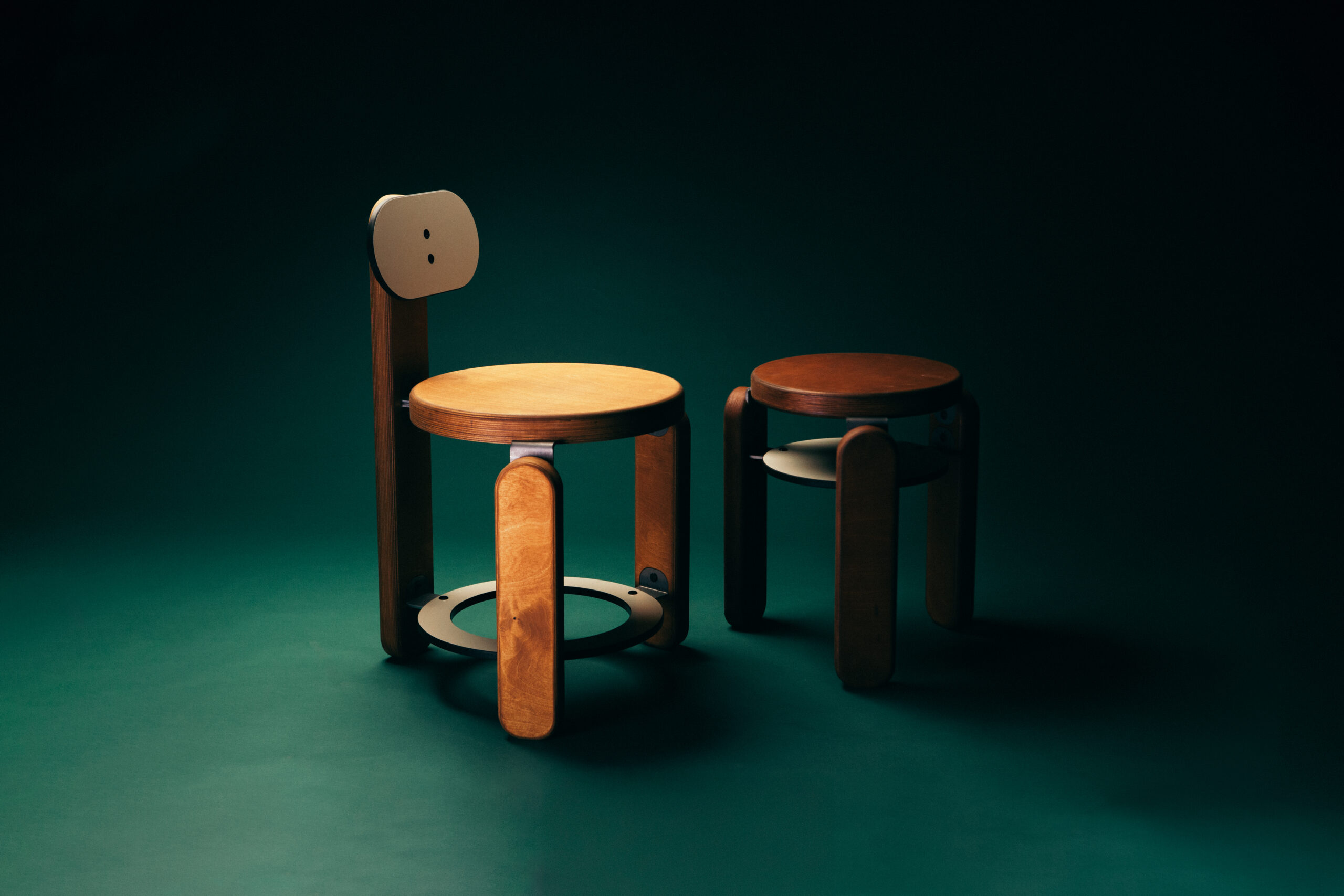
WDO2 Collection, design by Duplex Studio (duplexstudio.be).

In the Design District, designs by Hall Haus (@hall.haus).
https://www.maison-objet.com/paris
